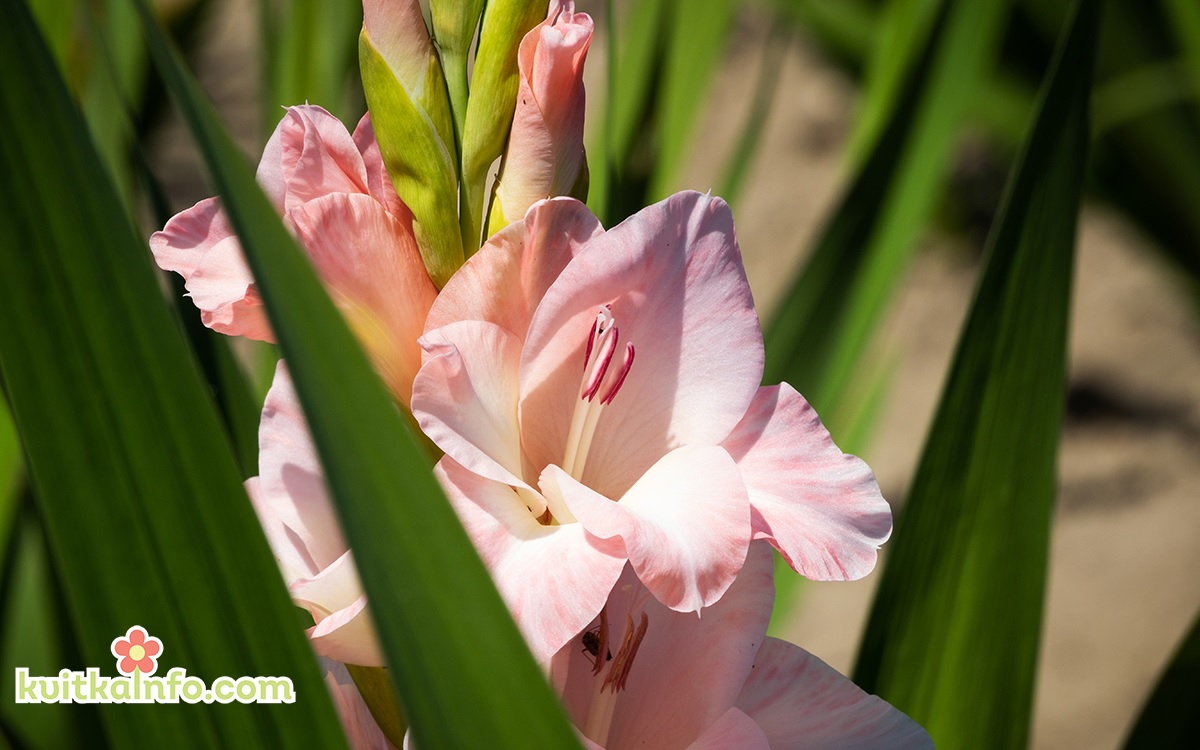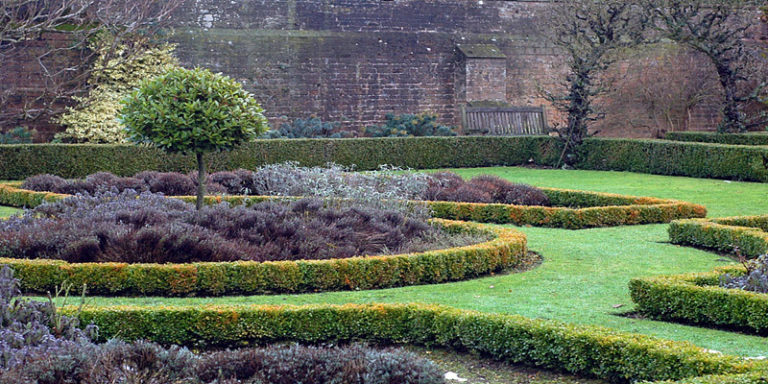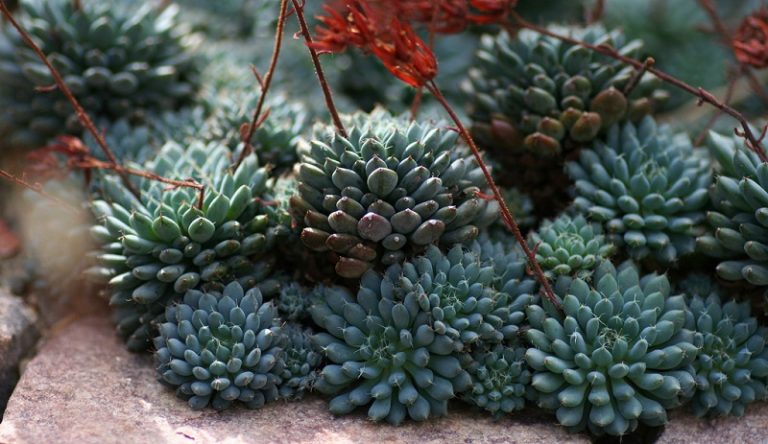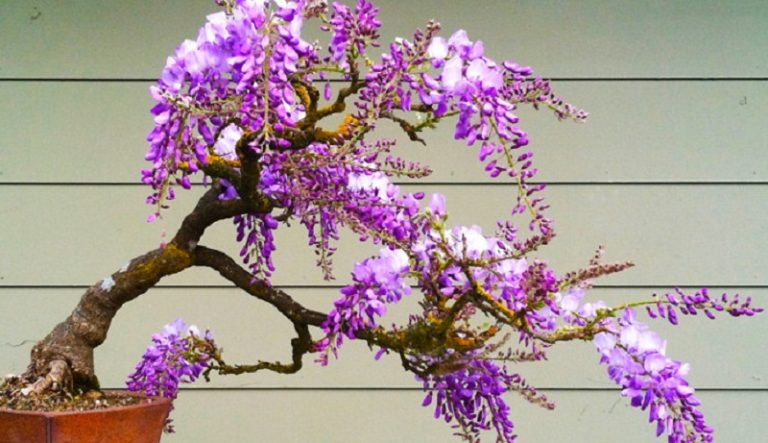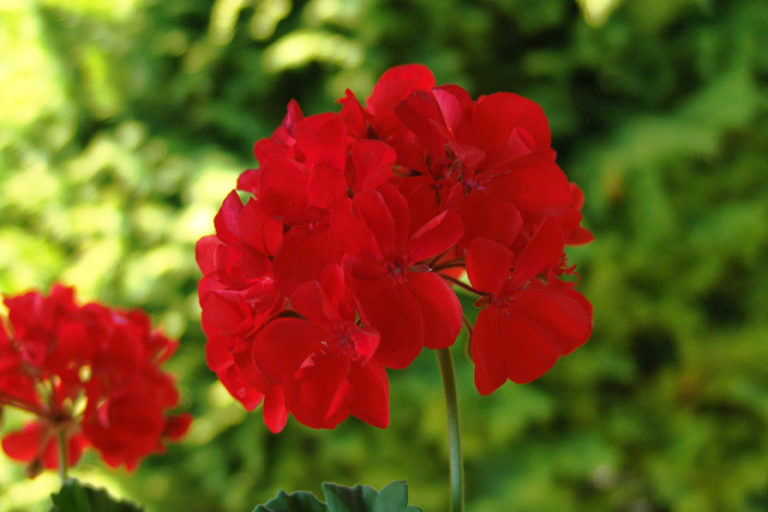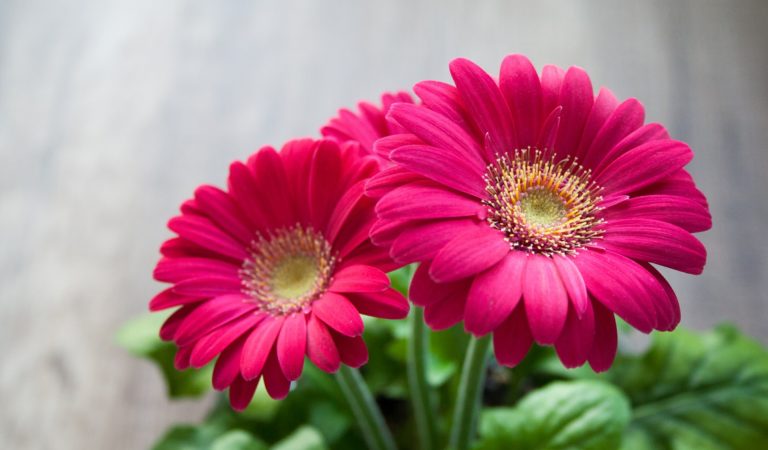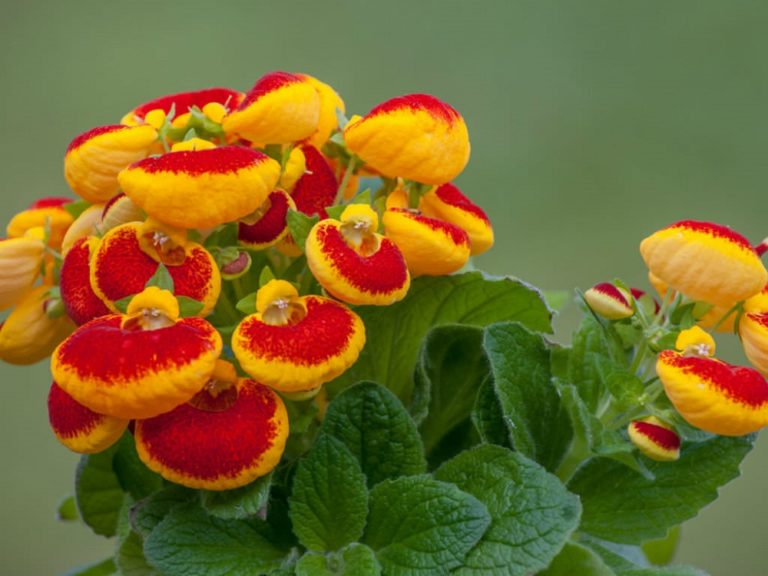When to plant and dig up gladioli
The gladiolus flower is a favorite summer-autumn flower that decorates our flower beds and gardens with different colors. To get abundant flowering of gladiolus, you need to know when to plant and dig up gladiolus bulbs, and how to store them until next year.
This plant belongs to the corms, from the iris family. In their natural environment, gladioli grow in the south, in the subtropics of Africa and Southern Europe.
Nowadays, there are more and more people who want to grow gladioli.
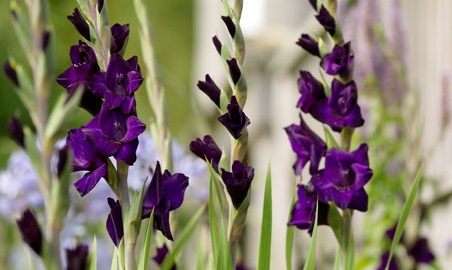
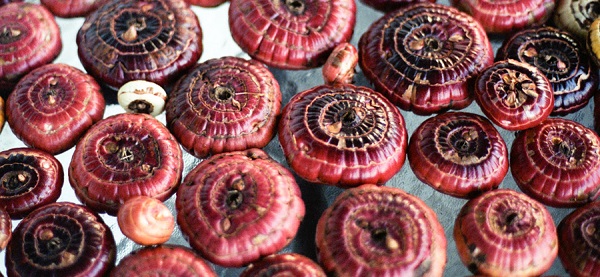
Preparing gladiolus bulbs for planting
1-2 weeks before planting gladiolus bulbs, it is necessary to carefully clean the corms from dense scales so as not to damage the sprouts. All diseased or partially affected parts of the bulb must be cut off, and completely diseased bulbs should be discarded. Treat all cuts on the gladiolus bulb with brilliant green, or soak them in potassium permanganate. After cleaning the scales and processing the sections of the gladiolus bulb, they are folded into boxes in one layer, sprouts up, and kept in a warm, bright room so that they begin to germinate. Before planting, the corms are treated with a solution of potassium permanganate (the bulbs are soaked in a solution of 0.5 g of potassium permanganate per 1 liter of water for half an hour), without rinsing, planted. We prepare gladiolus babies in the same way, but the solution of potassium permanganate should be more concentrated (1 g per 1 liter of water), it is enough just to rinse them.
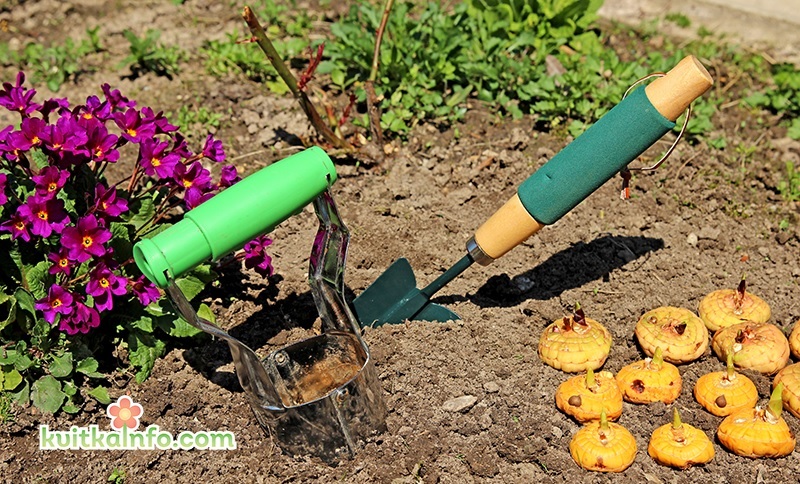
Soil preparation and choosing a place for planting gladioli
Since gladioli are light and heat-loving plants, the site for planting them must be chosen in accordance with these requirements, slight shading inhibits the growth and flowering of gladioli. Therefore, the selection and preparation of a site for planting gladioli should be well-lit, protected from drafts with well-drained, slightly acidic (pH 6.5-6.8) soil.
With a higher acidity of the soil, the tips of the leaves of the plant darken and wither, the flowers do not open well, and fusarium appears. To neutralize acidic soil, chalk, lime, dolomite flour or eggshells are used, which are added to the soil at 150-200 g, per 1 m2 when digging. The best soil composition for gladioli is black soil, light loamy or sandy loam soil. It is possible to create such a soil structure by adding sand to heavy loamy, clay to sandy soil and with the addition of humus and compost. It is necessary to bring in and dig up just before planting the bulbs.
The best predecessors of gladioli are vegetables such as legumes or perennial grasses, but planting flowers in a place where root crops or asters grew is not recommended.
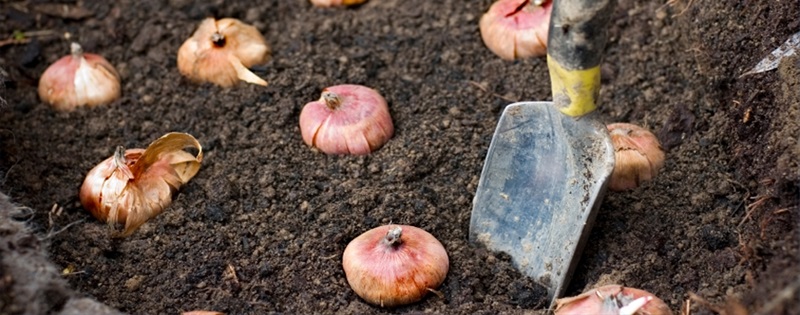
Planting gladioli
- Gladioli are planted from late April to mid-May, after the threat of night frosts, or if you want gladioli to bloom in September, plant the bulbs in early June.
- We plant the bulbs: we plant large gladiolus bulbs at a depth of 10-15 cm, at a distance of 15 cm from each other, we plant small ones to a depth of 8-10 cm at a distance of 7-8 cm. The distance between the rows should be 20-25 cm.
- We make a furrow, spill it with water, pour 2 cm of sand on the bottom (for drainage) or, lay a layer of sphagnum moss in the furrow (does not allow rot to appear, retains moisture in the soil), lay it out by pressing the corms, fill them up.
See also:ORCHIDS – ORCHID CARE
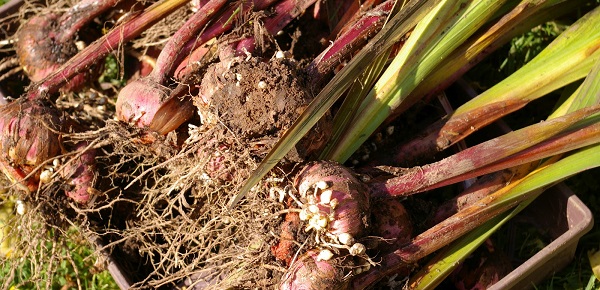
When and how to dig up gladioli
You need to dig up gladioli in the fall, from mid-September to early October, depending on planting, approximately when 35-45 days have passed, after flowering. Corms ripe for digging have root integumentary scales. Children are also covered with dense scales and are easily separated from the mother bulb. You need to dig up gladioli in dry weather, first early varieties, then late ones. The last to dig up are small bulbs and children. If you notice that the corms are damaged, black or brown spot, you need to dig them up earlier to save them from infection with other diseases.
Before digging, you need to cut off the stems, leaving 10 cm of height from the soil, hang the ground with a shovel or garden pitchfork and carefully pull the bulb out of the soil. Shake off the soil, separate the children, cut off the stems and roots completely, rinse with running water.
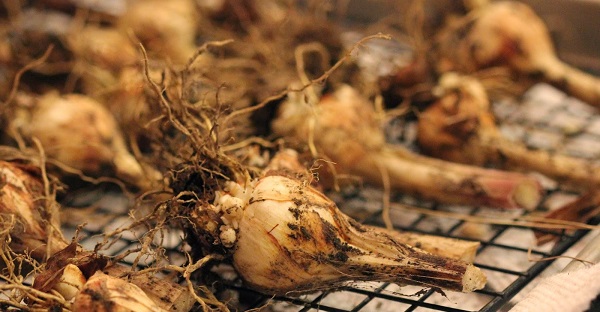
How to keep gladiolus bulbs until spring
Before the gladiolus bulbs are stored until spring, it is imperative to disinfect the bulbs by immersing them for 20-30 minutes in a one percent solution of fundazole, and rinse with water, or treat with a three percent solution of potassium permanganate. After processing, leave the bulbs for 3 days to stir. We transfer the dried bulbs to boxes covered with paper and store them at a temperature of 25-30 ° C, after 10-15 days we lower the temperature to 18-22 ° C. Further storage in a room where the temperature is not higher than 5-10 ° C, and the air humidity is about 60-70%.
The most ideal place to store bulbs is a cold basement or cellar with ventilation, and the most convenient container is boxes with a mesh bottom, in which air circulates, allowing the bulbs to breathe. Drawers are best kept on racks. It is also very good to store corms in bags made from old tights.

